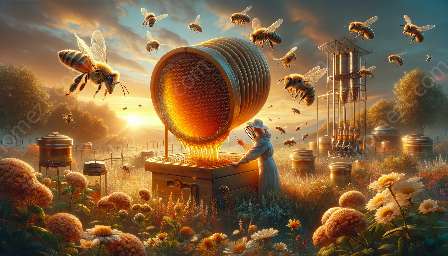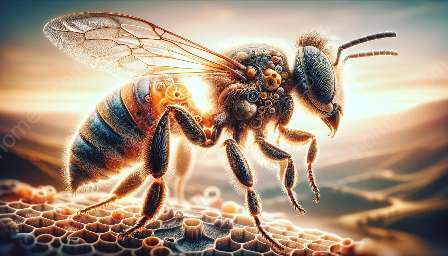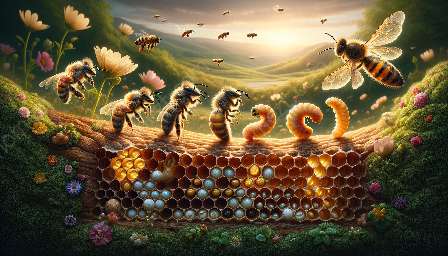Bees are incredible creatures, and understanding their anatomy is essential in effective pest control. From their external to internal structures, bees have evolved to fulfill various functions, contributing to their survival and our ecosystem. This comprehensive guide will delve into the anatomy of bees, emphasizing the significance of their structures in pest control methods.
The External Anatomy of Bees
At first glance, bees exhibit unique characteristics such as their fuzzy bodies, long antennae, and vibrant colors. Let's explore their external structures:
- Head: The bee's head houses its vital sensory organs, including compound eyes, antennae, and mouthparts, enabling them to navigate their environment and communicate with other bees.
- Thorax: This middle section contains the powerful muscles that operate the wings, allowing bees to achieve flight and collect nectar and pollen from flowers.
- Abdomen: The abdomen encompasses the bee's digestive and reproductive organs and plays a crucial role in producing beeswax for hive construction.
Internal Anatomy of Bees
While external features provide insight into a bee's behavior, their internal structures are equally fascinating:
- Respiratory System: Bees rely on a network of tracheal tubes to facilitate gas exchange, enabling them to breathe efficiently even during flight.
- Circulatory System: Their open circulatory system, propelled by a tubular heart, transports nutrients, hormones, and immune cells throughout their bodies.
- Digestive System: The bee's digestive tract processes nectar and pollen, converting them into honey and bee bread for sustenance within the hive.
- Nervous System: A complex network of nerve cells allows bees to process information, coordinate movements, and engage in intricate social behaviors.
How Bee Anatomy Relates to Pest Control
Understanding the intricate anatomy of bees is essential in developing effective pest control strategies:
- Eco-Friendly Pest Control: By comprehending the unique features of bees, pest control methods can be tailored to preserve and protect these vital pollinators.
- Behavioral Insights: Knowledge of bee anatomy enables pest control experts to anticipate bee behaviors, helping prevent harmful interactions and minimize disruptions to bee colonies.
- Habitat Maintenance: Bee anatomy informs the creation of conducive environments, reducing the need for invasive pest control measures that could harm bees and their habitats.
Conclusion
Exploring the intricate anatomy of bees unveils the remarkable adaptations that enable these pollinators to thrive. Moreover, understanding bee anatomy is crucial in developing responsible pest control strategies that safeguard bee populations and ensure the vitality of our ecosystems.





















